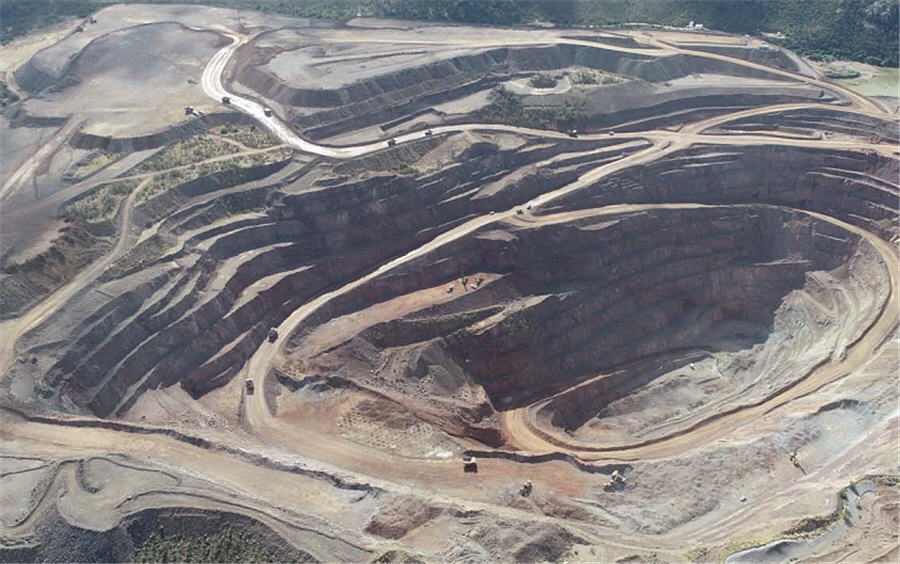
Argonaut Gold has released exploration results for its Magino gold exploration project in Ontario and provided an update on permitting the San Antonio project in Mexico.
At Magino, drilling targeting mineralization below and adjacent to the current open pit mineral resource returned a number of higher grade intercepts.
Drill highlights include:
The current work was primarily focused on two high grade structural zones, the Elbow zone and the South zone.
The Elbow zone has been traced over 500 metres of strike and remains open. Argonaut believes that the zone is an extension of the Lochalsh zone from the adjacent Island Gold mine (Alamos Gold). Drilling to date has intersected this zone down to 600 metres below surface.
Drilling completed on the South zone, a previously untested area, intersected two parallel gold bearing zones. The South zone is located 300 metres south of the Elbow zone and immediately south of the planned Magino pit; it remains open.
Follow up work is planned to test the structures below 800 metres depth and to extend the drilling towards the western edge of the property where Argonaut has identified a number of targets, including the Lovell Lake zone and the P-51 Mustang zone.
According to the company, these initial exploration results suggest potential for high grade underground mineralization below the planned Magino pit.
Current measured and indicated resources at Magino stand at 144 million tonnes grading 0.91 g/t gold for a total of 4.2 million ounces. The project received federal and provincial environmental assessment approvals in the first quarter of 2019.
In addition, Argonaut announced that the Mexican environmental authority issued a ruling to not approve the company’s updated environmental impact assessment for the San Antonio project in Mexico. This appears to be due to non-compatible zoning based on a revised zoning plan filed in 2018 by the municipality.
This year, the company plans to produce 190,000 to 200,000 ounces of gold equivalent from its two operating projects in Mexico
Argonaut believes that the zoning issue was resolved through a July 2016 supreme court ruling.
In August 2012, the company was denied its EIA for the project due to a local zoning issue. It then filed a federal lawsuit stating that the local zoning plan was not validly constituted. The federal appeals court then ruled in Argonaut’s favour, stating that that the municipality’s zoning plan was not properly established and should not have been used as a project review criterion.
Argonaut is reviewing its options, these include an amendment to the 2018 zoning plan based on the 2016 court ruling, submitting an updated EIA as well as legal options.
Measured and indicated resources at San Antonio stand at 65.1 million tonnes grading 0.83 g/t gold for a total of 1.74 million ounces.
This year, the company plans to produce 190,000 ounces to 200,000 ounces of gold equivalent at all in sustaining costs of $1,125 to $1,150 per ounce from its two operating projects in Mexico. Next year, it expects to deliver similar production at lower operating costs.
(This article first appeared in the Canadian Mining Journal)